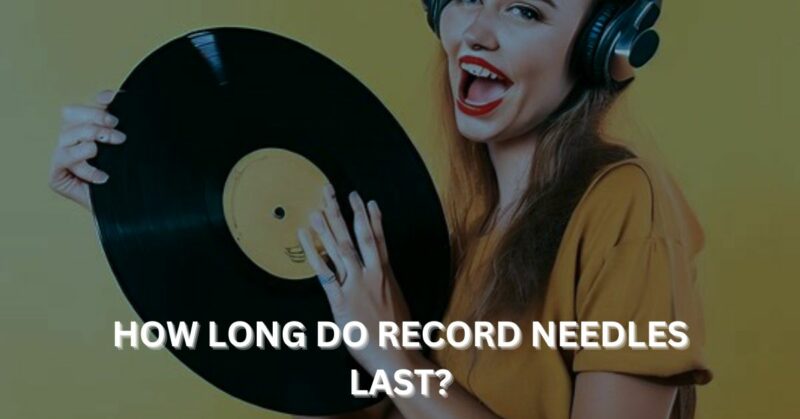Record needles, also known as stylus or cartridges, play a vital role in the playback of vinyl records. They are the components responsible for tracking the grooves and extracting the audio information stored on the record. Like any other mechanical device, record needles have a finite lifespan. In this article, we will explore the factors that influence the longevity of record needles and provide guidance on how to care for them to ensure optimal performance and extended usage.
Understanding the Basics of Record Needles
To grasp the lifespan of a record needle, it is important to understand its construction and function. A typical record needle consists of a stylus tip, cantilever, and mounting system. The stylus tip, usually made of diamond or other hard materials, is responsible for tracing the grooves, while the cantilever transmits vibrations to the cartridge. The mounting system connects the needle to the tonearm.
Factors Influencing Needle Lifespan
Several factors impact how long a record needle will last:
a. Usage and Playing Time: The more frequently you play records, the faster the wear and tear on the needle. Excessive playing time accelerates the degradation of the stylus tip.
b. Record Condition: The condition of your vinyl records plays a significant role in needle longevity. Dust, dirt, and debris on records can cause the needle to wear more quickly. It is essential to maintain clean records to extend the lifespan of your needle.
c. Tracking Force: Proper tracking force is crucial for needle longevity. Excessive tracking force can damage the stylus tip, while insufficient force may cause skipping or distortion. It is important to set the tracking force within the manufacturer’s recommended range.
d. Quality of the Needle: The quality and materials used in the needle construction influence its lifespan. High-quality needles with diamond tips tend to last longer than their lower-quality counterparts.
Signs of Needle Wear
As record needles age, certain signs indicate that it may be time for a replacement:
a. Distorted Sound: If you notice a degradation in sound quality, such as distortion, sibilance, or muffled sound, it could be an indication that the needle is worn.
b. Skipping or Jumping: A worn needle may have difficulty tracking the grooves, resulting in skipping or jumping during playback.
c. Excessive Surface Noise: A worn or damaged needle can introduce unwanted noise, such as clicks, pops, or crackles, into the audio playback.
Needle Maintenance and Care
Proper care and maintenance can significantly extend the lifespan of your record needle:
a. Cleanliness: Keep your records clean and free from dust and debris. Use a record brush or anti-static cleaning solution to remove dirt before playing.
b. Alignment: Ensure your cartridge and needle are correctly aligned to minimize wear and optimize performance. Improper alignment can cause uneven wear and tracking issues.
c. Tracking Force: Regularly check and adjust the tracking force according to the manufacturer’s recommendations.
d. Stylus Cleaning: Use a stylus brush or stylus cleaning solution to remove any debris or residue that may accumulate on the stylus tip.
When to Replace the Needle
Despite careful maintenance, record needles will eventually wear out. The exact lifespan varies depending on the factors mentioned earlier. As a general guideline, a well-maintained needle can last anywhere from 500 to 1,000 hours of playtime. However, this estimate is subjective and can vary based on usage and maintenance practices.
Record needles are essential components for vinyl record playback, and their lifespan depends on various factors. By understanding the basics of record needles, practicing proper maintenance, and being attentive to signs of wear, you can maximize their longevity.
Regular cleaning, correct alignment, and appropriate tracking force will contribute to extended needle lifespan, allowing you to enjoy your vinyl collection for years to come. Remember, when the signs of wear become evident, it’s time to replace the needle to ensure optimal sound quality and protect your precious vinyl records.


